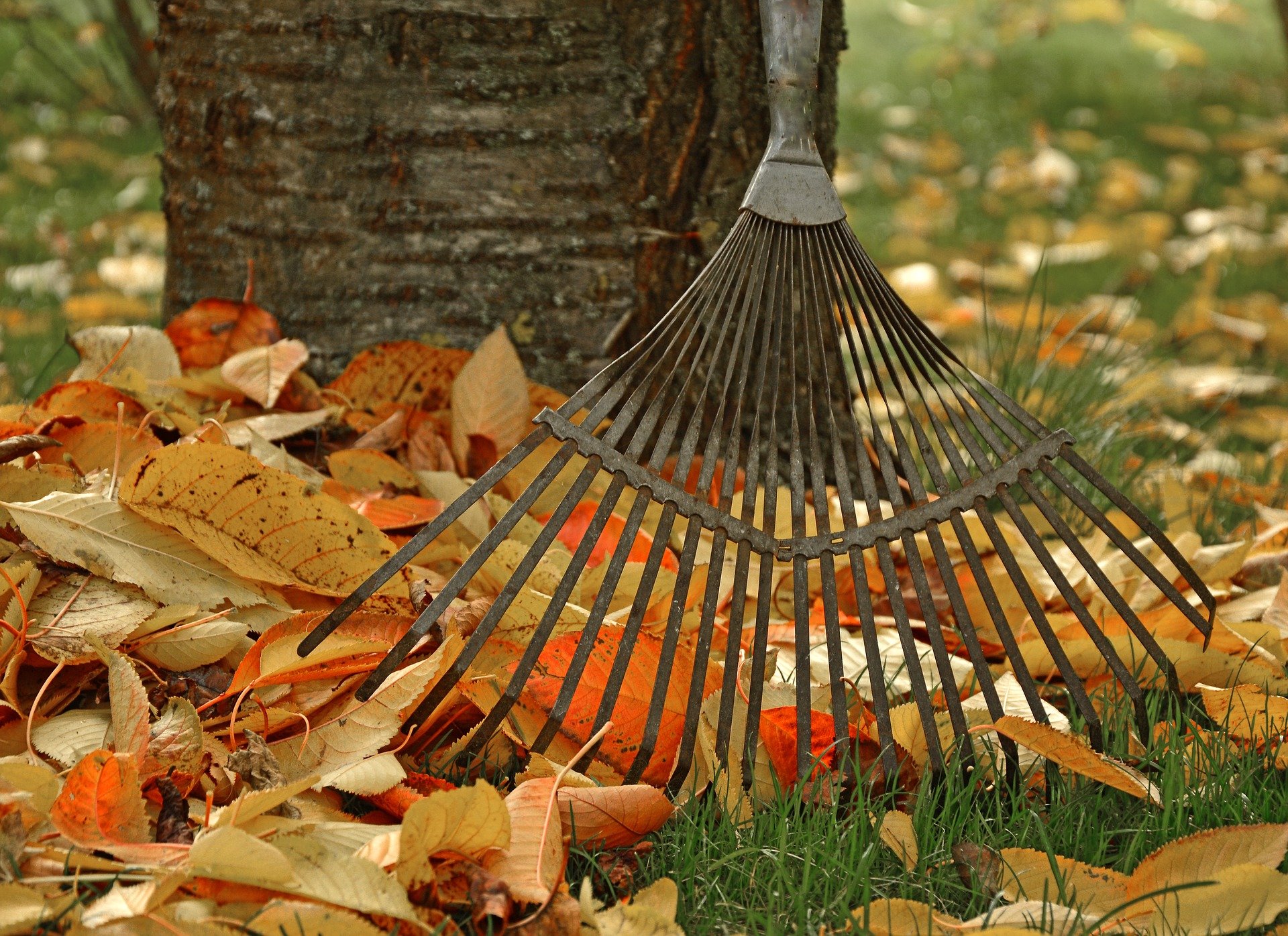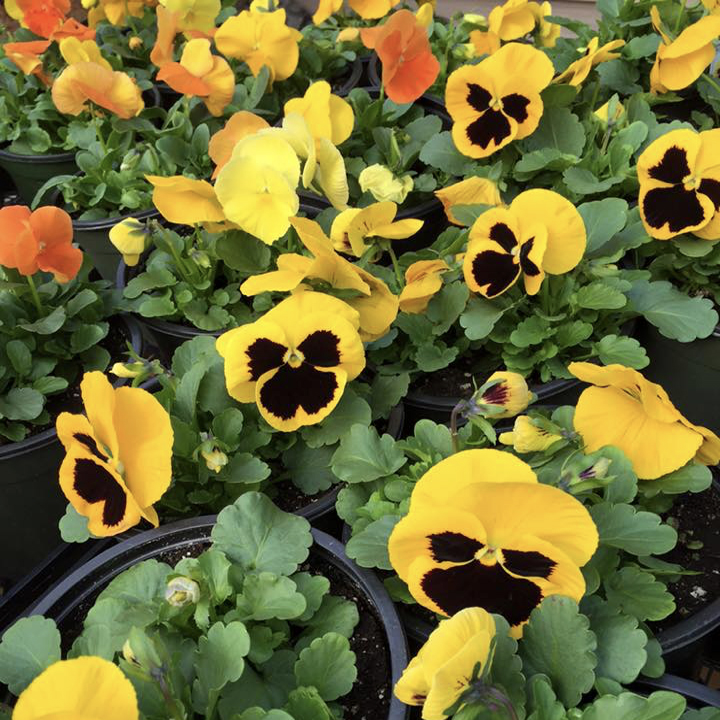Why settle for life’s lemons when you can grow your own? Lemon and limes trees are rewarding and fun to grow. Just think about drinking a glass of fresh squeezed lemonade (or limeade)!

First and foremost, keep in mind that lemon and lime tress are not winter hardy in Central Virginia and must be brought inside for the winter. In the right conditions they will bloom and produce twice throughout the year! While there are a number of varieties available the Myer Lemon and Key Lime are best suited for use in pots and containers since they will naturally stay under 10 feet tall and can be easily pruned to be kept even smaller.
Here’s seven quick tips to help you grow your own lemons and limes!
1.) Full Sun is a Must!
Lemons and limes need 6 to 8 hours of full sun each day to bloom and produce. They thrive in temperatures between 70 and 100°F.
2.) What to plant them in?
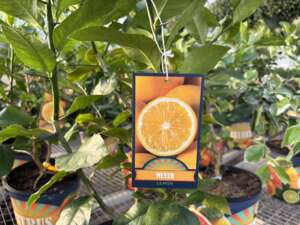
A terracotta pots is ideal for lemons and limes though a decorative ceramic pot will also suffice. Your pot should be about the same size or only slightly larger than the current pot. They don’t like to stay too wet so the soil should be a well-drained mix such as a succulent & cactus mix.
3.) Don’t overwater…
Lemon and Lime trees are prone to root rot so it is important to make sure the soil is drying out good between watering. Water needs will vary somewhat depending on the time of year and if the tree is outside (during the summer months) or inside (during the winter months). The best water meter is your finger! Stick it about an inch or so in the soil, if it feels dry give it a drink of water. If it feels wet, don’t water.
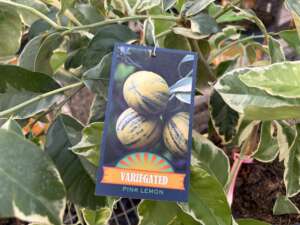
4.) Choose the right fertilizer at the right time.
Citrus trees tend to be heavy feeders. This is especially true for lemons and limes grown in pots as regular watering “washes” nutrients out of the soil. A balanced fertilizer should be applied 3 to 4 times a year with the heaviest application right after harvest. And don’t forget about micronutrients! Osmocote Flower and Vegetable 14-14-14 fertilizer
is a great choice.
5.) Pluck some of the baby fruit off.
Hard to do but very important if you want to harvest big lemons and limes! Thin out fruit while they are pea size. Lots of fruit on the tree will zap energy up and result in lots of tiny useless fruit instead of the big juicy ones…!
6.) Move inside for the winter.
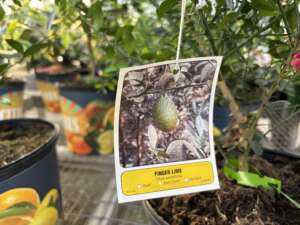
Lemon and lime trees will die if the temperature falls below 32°F. They prefer to stay in the 70 – 90°F range and don’t like prolonged periods below 50°F. Ideally to move yours inside well in advance of cold temperatures in the fall. When moving it back outside in the spring, it’s best to gradually acclimate it by sitting it outside on warm days but moving it back in on cool nights and slowly exposing it to more and more full sun over the course of about 2 weeks. Throw it straight out into full sun all day and you’ll risk burning the leaves.
7.) Prune minimally.
Lemon and lime trees bloom on new wood so you’ll want to prune them before they start sprouting new growth – typically in late winter or early spring. They are naturally shrubby trees with multiple branches. Pruning should be limited to dead, rubbing, and crossing branches plus thinning out the center of the tree to allow for light and airflow. It can be tempting to prune lemon and lime trees into single stem trees with perfectly round canopies but it’s best to more or less let them do their own thing!
Remember, why settle for life’s lemons when you can grow your own?!?


